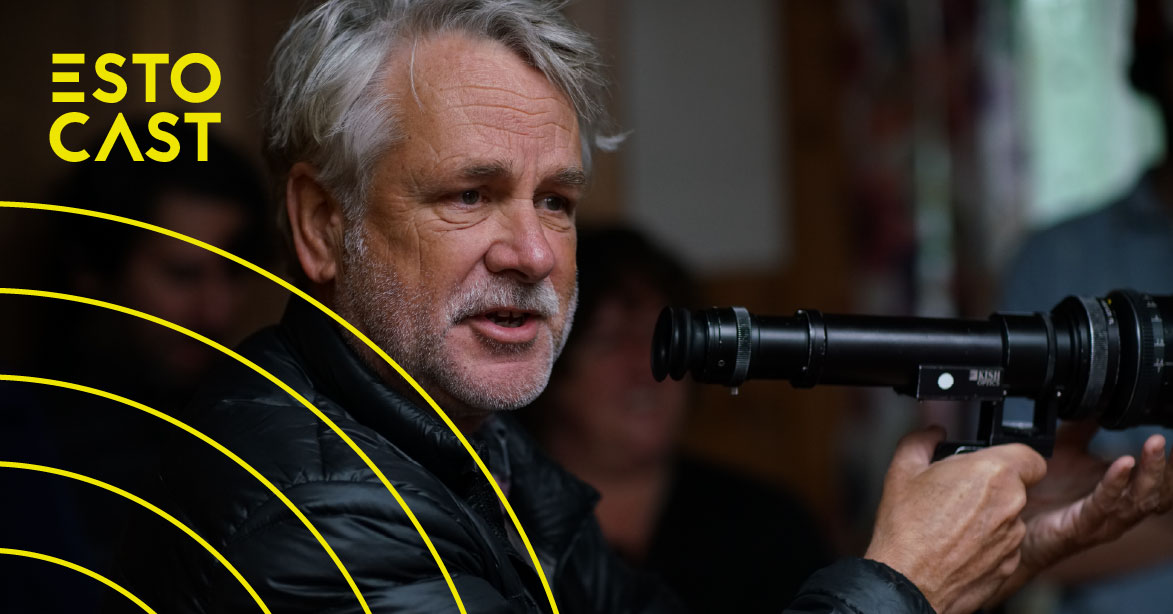However, in comparison with the actions that have protected the Estonian language, how have the languages of the indigenous Mi'kmaq, Wolastoqiyik, and Peskotomuhkati people of New Brunswick been considered in Canadian legislation?
In the late 1970s, more pressure than ever before was placed on Estonians by the Soviet authorities to learn Russian. Schoolchildren were taught from kindergarten upwards. With the reforms of glasnost, Estonian was made the official language in 1989. With the gradual restoration of Estonian independence, the Eesti Vabariigi Riiklik Keeleamet (now the Keeleinspektsioon) was created in 1990, to ensure public services were provided in Estonian. Yet, this was not possible without the activism of individual Estonians and Estonian political parties. Vocalizing one's ideas came with great risk, even with political transparency being promoted by Mikhail Gorbachev.
More recently, the Language Act was passed by the Riigikogu (“Parliament”) in February 2011, which expanded upon the Law of 1995 on Language. The 2011 Act enforces “right to access public administration in the Estonian language in oral or written form” and furthermore, “the right of deaf and hearing impaired persons to communicate in Estonian sign language and signed Estonian…” The Act also speaks pragmatically about the use of the Russian language. In local governments where at least half of permanent residents speak a language other than Estonian, they have the right to communicate in that language.
This poses an interesting question about how the proportion of languages determine their official use. When I studied in Cardiff, Wales, written Welsh (including signage, road markings, and official documents) was abundant, even though only 9% of adults in Cardiff speak Welsh. This is the lowest percentage in Wales, as of June 2019. Nevertheless, Welsh is one of the two official languages of Wales. Welsh is the first language of Wales.
Mi'kmaq, Wolastoqiyik, and Peskotomuhkati people in New Brunswick had their languages banned. English-only policies inhibited the continued speaking of these languages. The Indigenous Languages Act of June 2019, was one step in the right direction, where a federal institution may “provide access to services in an Indigenous language, if the institution… has the capacity to do so and there is sufficient demand for access to those services in that language.”
However, just as legislation and change is always prompted by the advocacy of individuals and organizations, it will be person-to-person engagement, such as educational programs at the University of New Brunswick’s Mi’kmaq-Wolastoqey Centre, that will ensure languages continue to be spoken.
Estonian is the first language of Estonia. Eastern Algonquian languages are the first languages of New Brunswick. Even if we don't learn any languages beyond Estonian or English, I think any of us who believes in our cultural preservation can agree that more attention should be given to all of Canada's languages.
Written by Vincent Teetsov, Toronto




